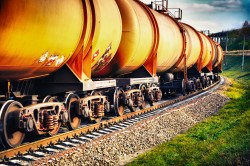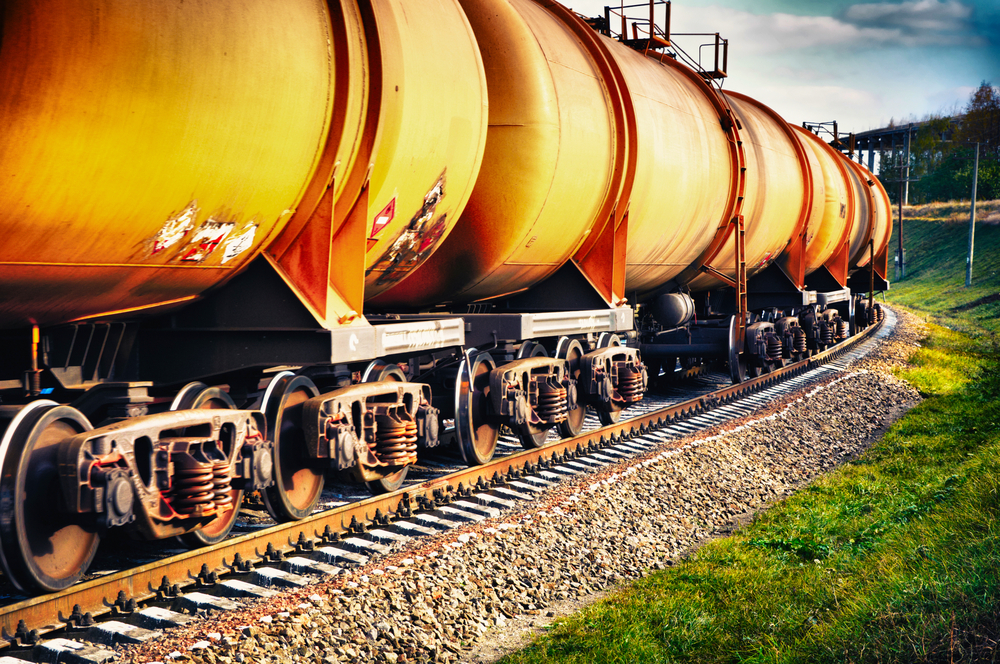
ShutterstockFederal officials are trying to keep railway safety on track amidst a boom in oil hauling.
All that combustible fuel being produced by America’s fracking boom has federal transportation safety officials on edge.
Inspectors have started scrutinizing train manifests and tank car placards on trains departing from North Dakota’s Bakken region. The region is producing copious quantities of fracked oil, which is being carried to refineries in railway cars — many of them in a railcar model that’s prone to explode.
Operation Classification, aka the Bakken Blitz, was launched last month, just weeks after one such train carrying Bakken oil derailed and exploded in Quebec, killing 47 people and leveling much of the formerly scenic town of Lac-Mégantic. The U.S. Department of Transportation says it began planning the inspections in March after officials noticed discrepancies between the contents of rail cars and the hazardous warnings they bore. From Reuters:
“We need to make sure that what is in those tankers is what they say it is,” Cynthia Quarterman, administrator of the Department of Transportation’s Pipeline and Hazardous Materials Safety Administration, told reporters.
Highly combustible, light crude from the Bakken region is particularly dangerous, Quarterman said, and inspectors will make sure the fuel is properly labeled and handled with care.
Officials want to make certain that those responsible for the shipments know how dangerous their cargo is.
“The flashpoint needs to be taken into account,” Quarterman said, referring to the combustibility of flammable liquids that can vary according to the type of crude.
The Obama administration is also mulling new safety rules to address the boom in oil hauling; a draft version should be released within weeks. On Friday, the administration introduced temporary emergency rules designed to prevent a repeat of the Lac-Mégantic disaster on American soil, including a ban on leaving vehicles unattended if they are carrying hazardous materials.



